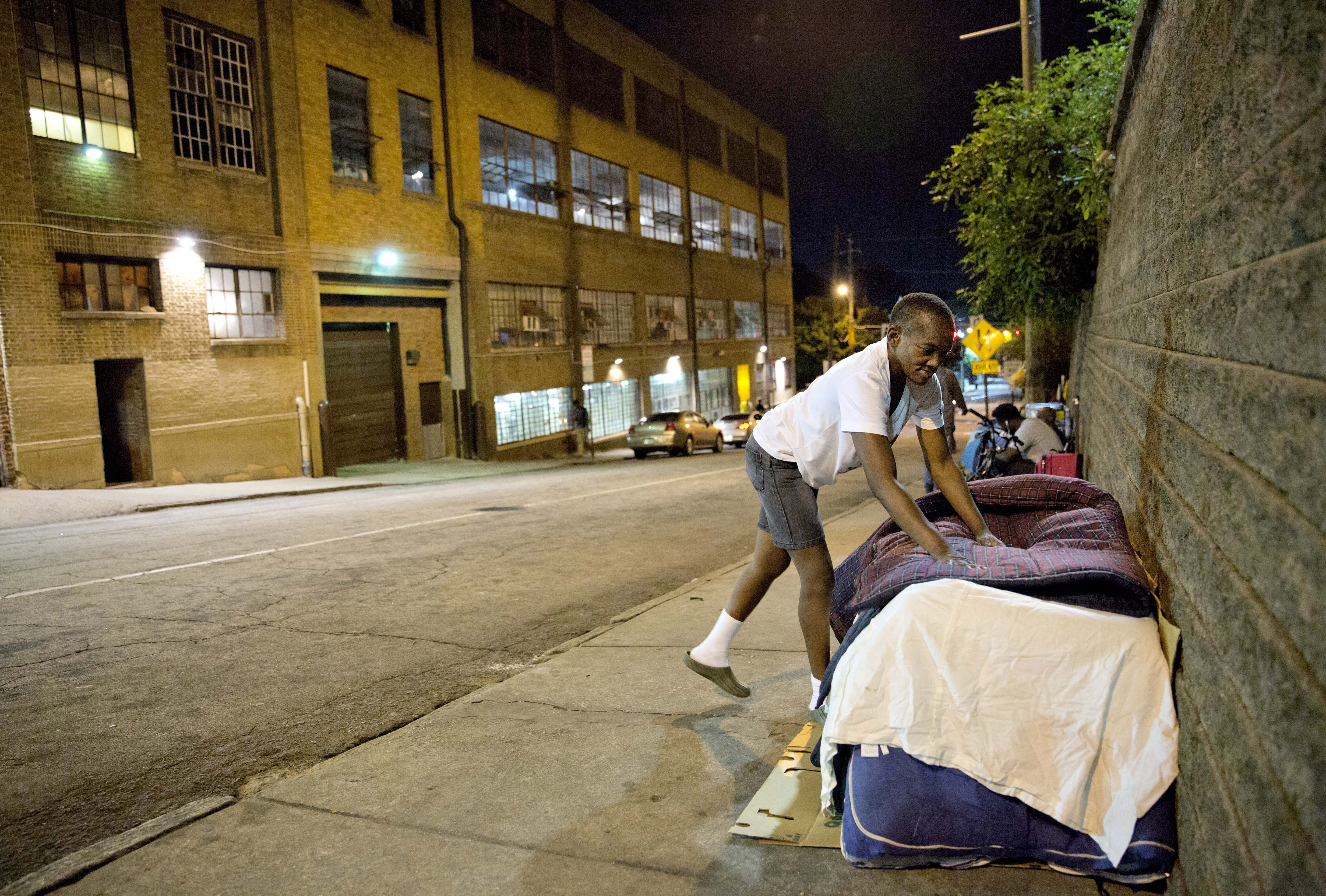I’m tired of hearing that I need to be a “voice for the voiceless.” And, unfortunately, I hear it often. Brochures and commercials and inspirational speeches regularly call for me to be this “voice.” Most often, the so-called “voiceless” are individuals living in poverty. And here’s the thing: while they’re muffled, hushed, pushed down and left out—they are not voiceless. They do not need our voices; at least not in the way many people think they do. What they really need—these folks who are working two jobs but are unable to make ends meet, or deciding between buying groceries or paying the electric bill—is for us step out from behind the microphone, make room at the table, and give them a chance to speak.
Recently, I attended a small event in the South Texas town of Alamo, right on the U.S.-Mexico border. It was a gathering of individuals from across the country, all of whom had a stake in the Summer Meals Program: program administrators from the Texas Department of Agriculture, high-ranking officials from the USDA, and a few individuals who traveled to Texas from their offices in the White House. We were all there to kickoff a summer meals program run by a local organization called ARISE.
ARISE was founded in 1987 by one woman, Sister Gerrie Naughton of the Sisters of Mercy order. She was living and serving in the Rio Grande Valley of Texas. She understood that for things to improve in her community, change needed to be led by the community members themselves—particularly the women of the community.
ARISE was based on respecting the dignity of every individual and recognizing the existing strengths of women in their communities. Through these values, the organization has identified needs and strengthened the very fabric of the communities it works with for more than 20 years. When it first set up shop in Alamo, a small Toyota truck served as the group’s “community center.” But the women of ARISE needed a place to gather—a place to house education and job training classes, as well as provide a safe setting for their children. So they purchased a small home and began to focus on connecting their community with any resource they could.
Over the last several years, ARISE helped Alamo get better police protection, more streetlights, and a park. Its leaders have partnered with the local sheriff’s office, the county commissioner, and the public school systems in order to achieve these goals. I made my way to Alamo because the women of ARISE recognized that children in their community were going without meals during the summertime; they reached out to the Texas Hunger Initiative where I serve as director to connect with the Summer Meals Program.
As a result, ARISE served hundreds of meals this past summer while also offering children educational and afterschool programs. The gathering I attended was a celebration—a celebration of kids getting the meals they need, and a celebration of envisioned women from a colonia serving their own community. This was not an initiative conceived by a visionary nonprofit leader from an affluent community or implemented by program experts from Washington. This positive change happened because the women of ARISE saw a need and made their voices heard. The women of ARISE—living on the U.S.-Mexico border in unincorporated colonias—fit the characterization of the so-called “voiceless” perfectly, but clearly they are far from voiceless. The question is whether people will listen.
Thankfully, there are other groups across the county working to create opportunities for low-income people to speak out and be heard. The Center for Hunger-Free Communities at Drexel University—and specifically its Witnesses to Hunger project—works with mothers and caregivers of young children who have experienced hunger and poverty, and helps them find avenues to advocate for their own families. These real experts on poverty and hunger tell their own stories in their own words and document their experiences through photography. By sharing their testimonials and photographs with local organizations as well as state and federal policy makers, these women (and some men) are working to create lasting, systemic change. As Witness to Hunger member Tianna Gaines-Turner put it in her testimony to the House Budget Committee last July: “My neighbors and I know what’s going on in our own communities, more than anyone else. We’re fighting already for our families and our neighbors. We need to be taken more seriously by our state and federal governments.” Yet all too often, policy makers, the press, and even advocates, don’t make sure that people who experience poverty are at the table when decisions are made and their expertise matters most.
During my years in anti-hunger work, the work of the anti-hunger community continues to get better and better. We have developed efficient systems for getting food to individuals who need it. We have galvanized policy experts and advocacy to help pass significant pieces of legislation. But we’re still falling short when it comes to involving low-income individuals as an active part of the solution. Food-insecure families have, in large part, been seen and served as clients rather than as people who are fundamental to finding the solutions we need to address hunger and poverty. While our intentions might be good when we try to be a “voice for the voiceless,” the fact is that if we continue to exclude low-income people from participation in decision-making then we are contributing to their oppression.
Want to find lasting and sustainable solutions to poverty and hunger? Stop speaking for the so-called voiceless, and start working alongside them to make their powerful voices heard.










